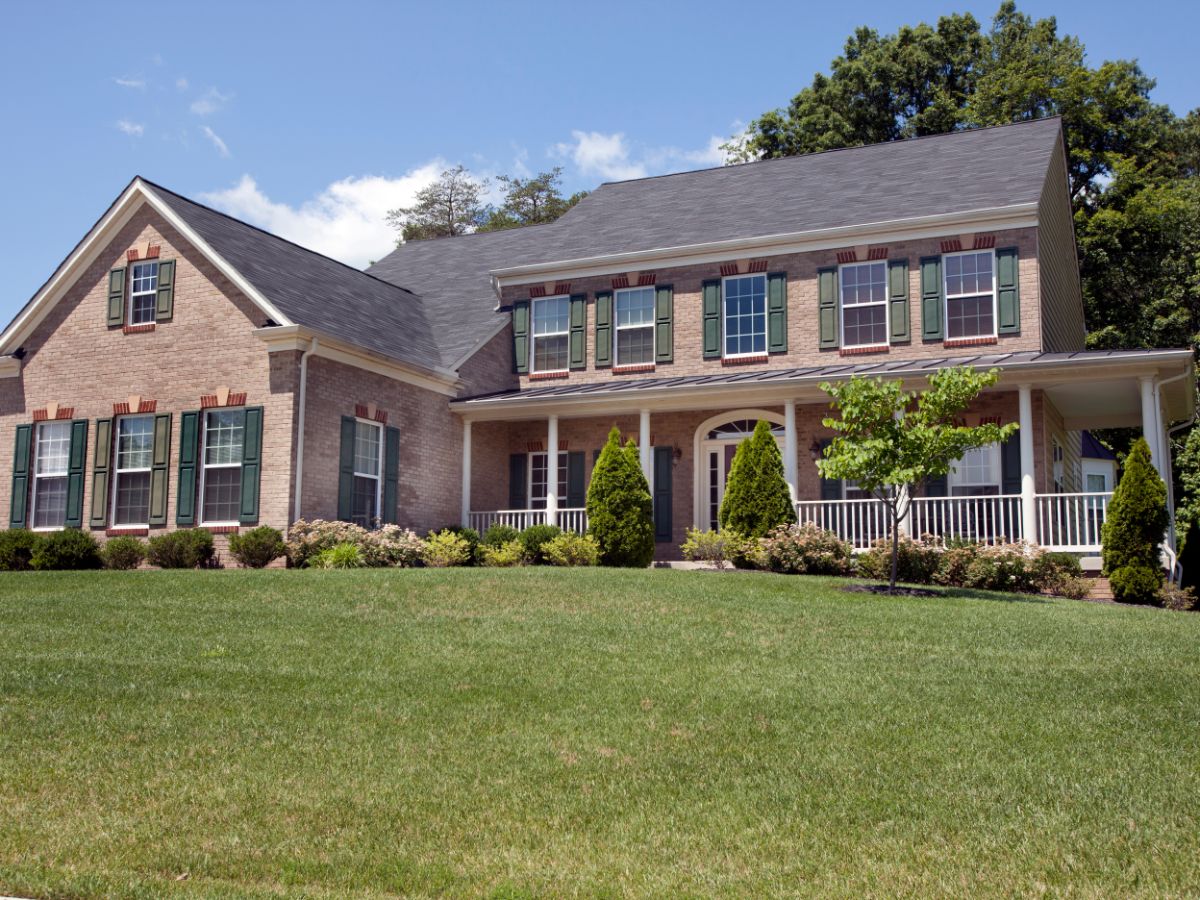When stepping through the historic boroughs of Radnor, one cannot help but be captivated by the timeless beauty of the homes lining its streets. The area’s rich architectural heritage, meticulously preserved, reveals a fascinating tapestry of our past. Join us as we journey through the extraordinary homes that make Radnor a unique and charming place to live.
A Brief History of Radnor’s Architectural Heritage
Radnor is steeped in history, nestled in the heart of Pennsylvania’s Main Line. As you browse Radnor’s property listings, you’ll notice architectural styles spanning centuries, each with a unique story.
Welsh Quakers built the earliest homes in Radnor in the late 17th century. They were typically stone cottages with steeply pitched roofs, demonstrating the simplicity and durability of their building practices. Some of these homes still exist, albeit with modern adaptations, as testimonials to early American architecture’s resiliency.
As we move into the 18th and 19th centuries, Radnor began to see more sophisticated architectural designs influenced by the Georgian, Federal, and Victorian styles. These grand homes were characterized by symmetrical designs, ornate details, and high craftsmanship, reflecting the prosperity of their original owners.
Notable Historic Homes in Radnor
- Wayne Homestead
One of the most significant homes in Radnor is the Wayne Homestead. A striking example of Georgian architecture, this home dates back to 1724 and was the birthplace of Revolutionary War General Anthony Wayne. With its iconic red brick exterior, Wayne Homestead is one of the most frequently photographed buildings in the region.
- Louella Mansion
Built-in 1867 by J. Henry Askin, the Louella Mansion exemplifies Victorian Gothic architecture. Askin, credited with the development of Wayne, named the mansion after his two daughters, Louise and Ella. The house has now been converted into condominiums, reflecting Radnor’s blend of historical preservation and modern living.
- Willows Mansion
The Willows Mansion, constructed in 1910, is a beautiful example of a Colonial Revival country house. This 47-acre estate overlooking Skunk Hollow Creek now serves as a community park, allowing everyone to enjoy its scenic vistas and historic charm.
Radnor’s Architectural Styles
Radnor’s architectural heritage is not confined to these famous houses. Walking through its neighbourhoods, you’ll find an array of architectural styles.
- Colonial Revival
Many of Radnor’s homes exemplify the Colonial Revival style, popular from the late 19th century to the mid-20th century. Known for their symmetrical layouts, multi-pane windows, and elaborate front entrances, these homes evoke the aesthetic of early American colonial architecture.
- Queen Anne
Queen Anne style, a subset of Victorian architecture, is also prominently in Radnor’s neighbourhoods. These homes, built in the late 19th and early 20th centuries, are characterized by their ornate details, large porches, and asymmetrical facades.
- Tudor Revival
You’ll also see several Tudor Revival homes in Radnor, recognized by their steeply pitched roofs, decorative half-timbering, and tall, narrow windows. These homes evoke the charm of an English country house.
Preserving Radnor’s Architectural Heritage
Radnor’s historic homes have been preserved thanks to the efforts of residents, the Radnor Historical Society, and the township’s Historic and Architectural Review Board (HARB). These entities have worked tirelessly to ensure that the architectural heritage of Radnor is not lost amidst modern development.
Exploring Radnor’s Neighborhoods
As you explore Radnor’s historic neighbourhoods, you’ll be transported to different eras of architectural grandeur.
- North Wayne Historic District
The North Wayne Historic District is home to many Queen Anne-style homes dating back to the late 19th and early 20th centuries. Known for their rich details, including wrap-around porches, bay windows, and intricate woodwork, these homes are admired for their remarkable preservation.
- South Wayne Historic District
The South Wayne Historic District, on the other hand, showcases a variety of architectural styles, including Victorian, Colonial Revival, and American Craftsman. The mix of architectural styles gives this neighbourhood a distinct character, reflecting the diverse historical influences that have shaped Radnor.
- Villanova
Villanova, the neighbourhood surrounding the prestigious Villanova University, hosts a wide range of homes, from Tudor Revival to Mid-century Modern. The stately stone buildings of the university blend seamlessly with the architectural heritage of the surrounding homes.
A Future for Radnor’s Past
It’s not just the homes in Radnor that encapsulate the area’s rich history. The township’s commitment to preserving its architectural heritage extends beyond residential properties to commercial and public buildings.
Local businesses have repurposed historic buildings, maintaining their original architectural charm while giving them new life. For example, the Radnor Train Station, built in 1872, continues to serve commuters while preserving its 19th-century Victorian Italianate design.
The Radnor Township Building, a Colonial Revival structure dating back to the early 20th century, serves as the seat of local government. Its preservation exemplifies the community’s dedication to maintaining a tangible connection to its past.
Value of Radnor Property Listings
When looking through Radnor property listings, you’re not just seeing houses for sale but exploring pieces of living history. Each home carries stories from different eras, represented in its architectural details and unique designs.
Whether you’re a potential homebuyer or a history enthusiast, Radnor’s architectural heritage offers a wealth of discovery. By understanding and appreciating this architectural legacy, we can contribute to its preservation for future generations.
Radnor’s vibrant history is alive in its streets, homes, and buildings. In every corner of this charming township, echoes of the past blend harmoniously with the present, creating a uniquely beautiful community. As we look to the future, Radnor’s enduring architectural heritage of Radnor stands as a testament to the value of preserving our past.
Conclusion
At Mainline KW, we understand that Radnor is not just a township but a vibrant tapestry of history and architectural brilliance. Our Radnor property listings aren’t merely houses but portals to a rich, historic past. We’re privileged to be a part of this community and to have the opportunity to guide you on this architectural journey. So, whether you’re seeking a new home steeped in history or simply wish to understand and appreciate Radnor’s extraordinary architectural heritage, The Mainline KW is here to guide you. After all, in Radnor, we’re not just selling homes; we’re sharing stories carved in stone and wood, ready to be a part of your future.

